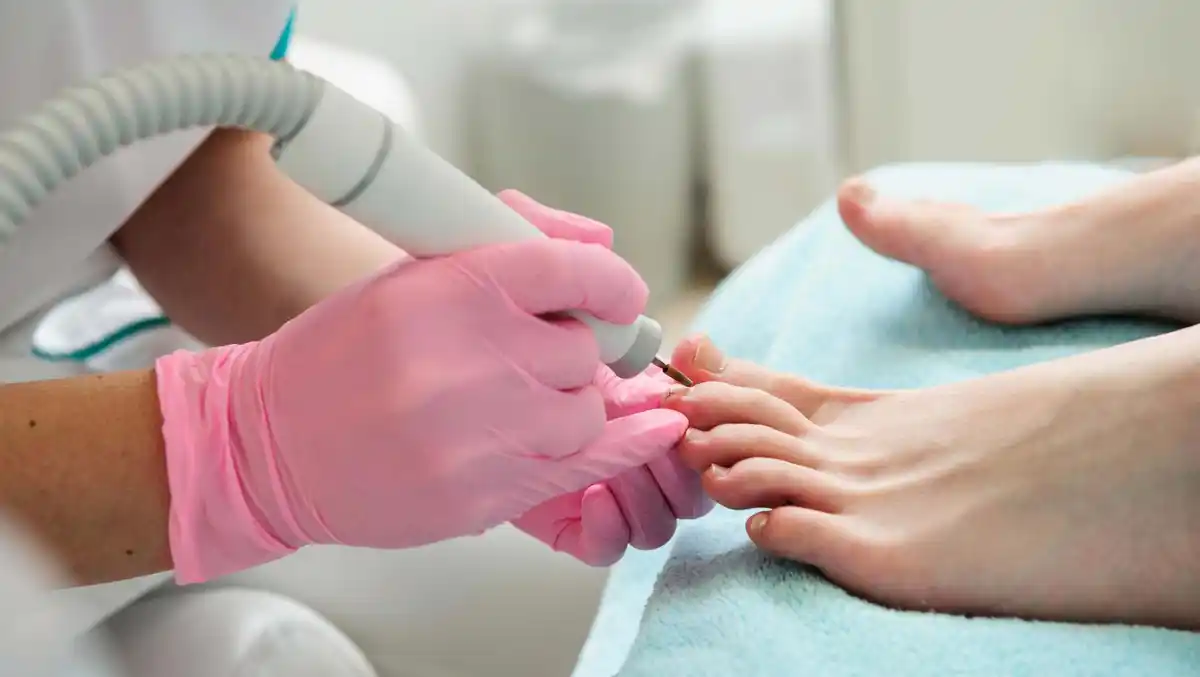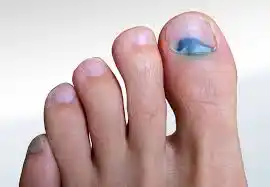

Nail surgery, specifically nail avulsion, is a medical procedure used to remove part or all of a damaged or infected nail. This type of surgery is commonly performed to treat various nail disorders that do not respond to conservative treatments. Conditions such as severe fungal infections, ingrown toenails, trauma, or chronic inflammation may require nail avulsion to alleviate pain, prevent further damage, and promote healthy nail regrowth.

Ingrown Toenails: When the edges of a nail grow into the surrounding skin, it can cause pain, swelling, and infection. In severe cases, nail avulsion may be required to remove the affected part of the nail and relieve symptoms.
Fungal Infections: Fungal infections (onychomycosis) can thicken and deform nails, causing discomfort and cosmetic concerns. When medication fails to resolve the issue, nail avulsion may be necessary to remove the infected nail and allow antifungal treatment to work more effectively.


Nail Trauma: Trauma to the nail, such as a crush injury or severe bruising, can cause the nail to become damaged or detached. Nail avulsion helps remove the injured nail to prevent further complications and allow the nail bed to heal properly.
Chronic Nail Inflammation (Paronychia): Chronic infections or inflammation around the nail can result in pain, swelling, and pus formation. Nail avulsion may be performed to remove the source of irritation and allow the infection to heal.

Nail surgery, particularly nail avulsion, is an effective solution for treating various painful and persistent nail conditions such as ingrown toenails, fungal infections, and trauma. The procedure helps alleviate symptoms, prevent further damage, and promote healthy nail regrowth. With proper pre- and post-surgical care, patients can experience relief from pain and a return to normal daily activities, while ensuring optimal healing of the nail bed. Consulting a qualified healthcare professional is essential for achieving the best outcomes.